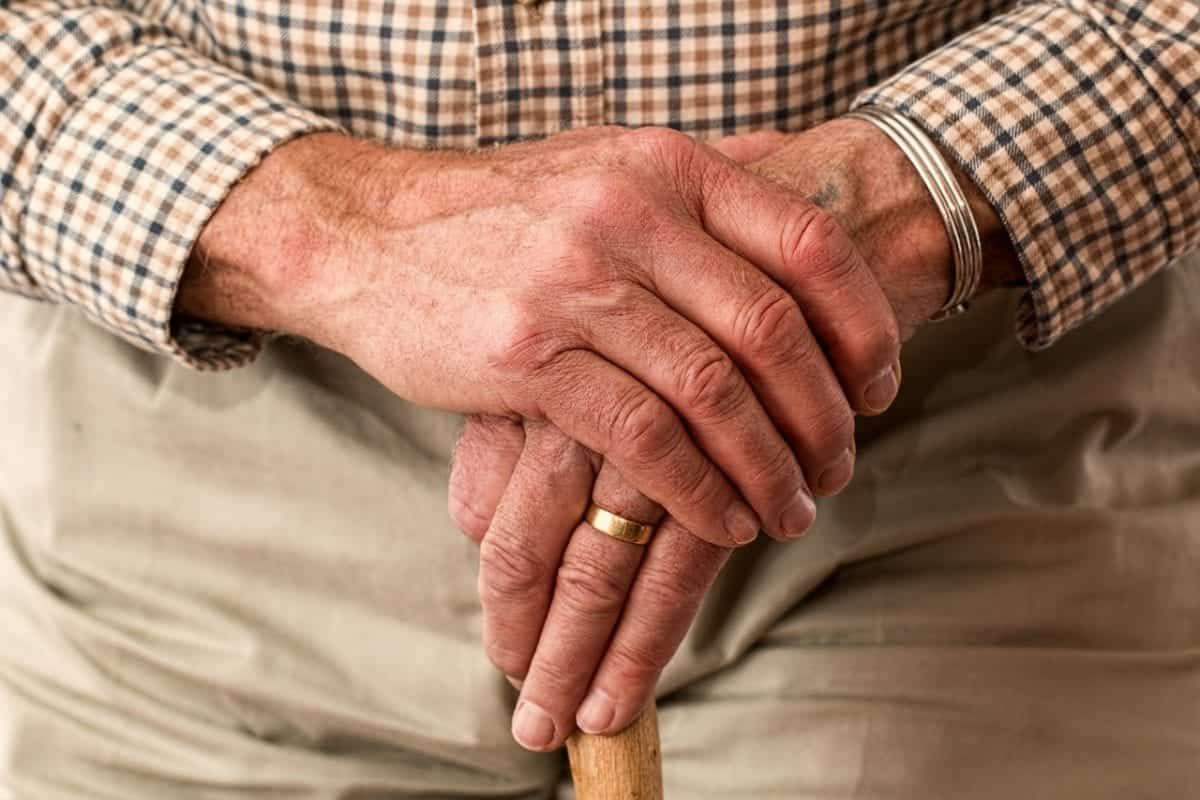
Alzheimer’s disease could be treated by zapping patients’ brains with electricity for less than half an hour, according to new research.
In experiments elderly volunteers performed much better on memory tests after only 25 minutes of therapy – taking decades off their ‘brain age’.
Their memory has been boosted for the first time using the safe and non-invasive technique.
Known as HD-tACS (high definition transcranial alternating current stimulation) it involves wearing a skull cap fitted with electrodes.
These deliver tiny shocks that improve communication between neurons.
Corresponding author Professor Robert Reinhart, of Boston University in Massachusetts, said: “We can bring back the more superior working memory function you had when you were much younger.”
The breakthrough could lead to people wearing skull caps or gaming style headset devices to treat a host of neurological disorders – from dementia to autism.
Sufferers could even wear them while they sleep as the effects are believed to last hours – helping them carry out everyday chores and retain their independence.
These can range from recognising human faces to navigating environments and remembering to take medications – common problems in Alzheimer’s.
Prof Reinhart said: “You can imagine so many follow-up advances to make it ready for the clinic. Someone could wear a cap or a headset.
“There are companies even in Boston already developing these devices. Some are marketed to video gamers.”
The study published in Nature Neuroscience focused on working memory – described by Prof Reinhart as a “fundamental building block of human cognition.”
He explained: “It allows us to hold information in our minds over a period of seconds.
“This is how we think, problem solve and reason. It’s essentially where consciousness exists.
“As we age working memory shows decline. We show this is due to specific brain circuits that become uncoupled or disconnected.
“So working memory becomes impaired in elderly people.”
His team corrected this age-related memory loss by stimulating brain areas of the participants known as the temporal and pre-frontal lobes at a specific rhythm.
Previous studies have suggested these two areas communicate with one another through the timing of their brain waves.
Wearing an EEG (electroencephalogram) cap they used HD-tACS to scan their neurons in better spatial resolution than ever before – tuning them correctly.
The team synchronised waves between these two regions with pulses from the electrodes as they memorised objects.
Prof Reinhart said: “Cognition is rhythmic. We are sending currents into the brain but targeting areas known to be invokved in working memory.
“We are synchronising these rhythms. This is a low frequency – around 8Htz.”
Afterwards the group of 42 older adults aged 60 to 76 were performing as well in memorising images of objects on a computer screen as the same number of 20 to 29 year-olds.
Before the brain stimulation they were slower and less accurate.
Their young counterparts displayed increased interactions and better synchronisation betwen neurons.
But while receiving the therapy their working-memory improved to resemble that of the younger adults.
Prof Reinhart said: “We non-invasively and safely stimulated the human brain with extremely weak electrical currents in a very specific way.
“This reconnected these faulty brain circuits and rapidly boosted working memory function.”
This continued throughout the duration of the 50 minute tests following a treatment session of nearly 25 minutes.
Prof Reinhart said: “My guess is the effects last much longer – potentially for a few hours.”
At the moment the stimulator device is “a bit bulky” and much more basic science has to be done, he said.
But Prof Reinhart said: “It could be miniaturised – making it wearable. It is something you could see in a doctor’s office one day.”
He said it opens the door to non-invasive treatments for brain disorders including Alzheimer’s, autism, Parkinson’s disease, ADHD (attention deficit hypercativity disorder) and PTSD (post traumatic stress syndrome).
Another form of brain zapping called TMS (transcranial magnetic stimulation) has already been approved as a treatment for depression, Parkinson’s, PTSD and schizophrenia.
Magnets in a a helmet deliver a series of short, low-powered pulses to the brain, interfering with its own electrical communication system.
In the UK an estimated 850,000 people are living with Alzheimer’s or other forms of dementia – a figure set to rise to 2 million by 2050. There is no cure.
https://www.thelondoneconomic.com/lifestyle/new-treatments-for-alzheimers-could-be-developed/26/03/